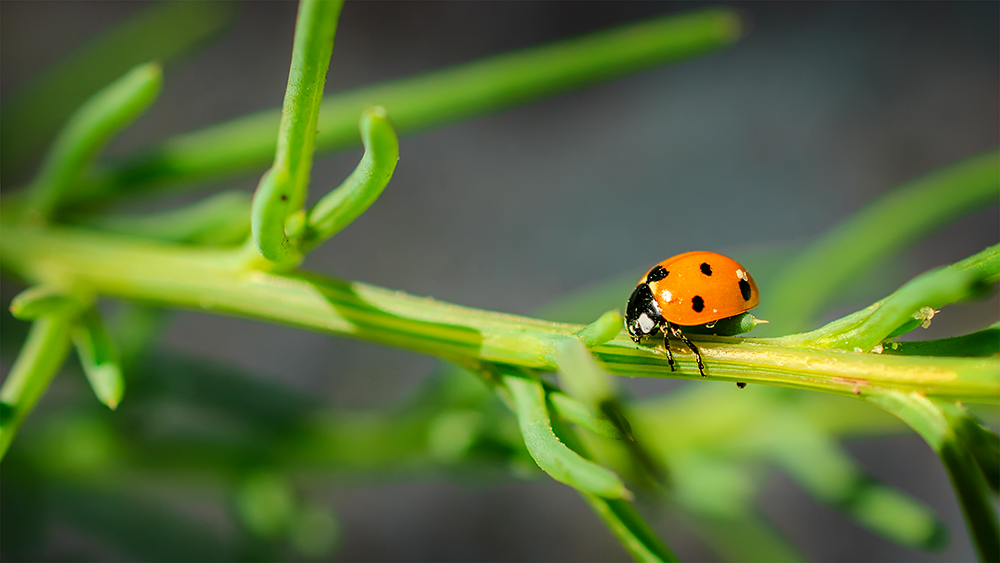Introduction to Macro Photography
Macro photography is great fun and hugely rewarding because it enables you to create fantastic images of subjects that are often overlooked. If you fancy giving it a try, read on to find out how to get started.
The aim of macro photography is to capture small details and create interesting images, but it’s technically defined as the capture of a subject at life size on the recording medium. And when prints are made or the images are viewed on screen, the subject naturally ends up looking far bigger than it does in reality.

Macro Lenses
- The easiest way to shoot macro images is to use a dedicated macro lens as this will allow you to focus closely and achieve life-size or 1:1 reproduction. Some zoom lenses have the word ‘Macro’ in their name, but invariably they aren’t true macro lenses, they just allow you to focus a bit closer than usual for that type of lens. True macro lenses are prime or fixed focal length optics that have enhanced focusing mechanisms to allow you to get really close to the subject.
- Macro lenses come in a variety of focal lengths, but 90mm, 100mm and 105mm lenses are the most popular because they strike a nice balance between magnification and focusing distance. With shorter focal lengths, the lens needs to be very close to the subject to achieve 1:1 reproduction and as well as being alarming for living subjects like bugs and insects, it can mean the subject is in shade and not well illuminated. Using a focal length longer than 105mm can introduce problems with objects getting between you and the subject.
Alternative optics
If you’re just getting started with macro photography you may not want to buy a macro lens straight away, but there are a few more affordable alternatives. The first of these is a close-up lens that screws onto the front of a standard lens like a filter. These come in different strengths and they enable you to focus more closely.
A more advanced alternative to this is an extension tube (or set of tubes) that mounts between your lens and your camera. Again, this enables you to focus much more closely than usual. Some people use an extension with a macro lens to magnify their subject to greater than life-size.
Although you’ll have to focus manually, extension tubes such as the Canon EF25 II Extension Tube maintain the electronic connections between your camera and lens so the exposure metering system works and you retain control over the aperture.
Camera settings
Macro photography is all about detail, so you need to keep your camera’s sensitivity setting low. This may mean that you have to use a fairly slow shutter speed and a tripod becomes essential to keep your images sharp.
Because the depth of field (the sharp zone around the focus point in an image) becomes very shallow when the subject is close, you need to use a small aperture. Most experienced photographers usually shoot in aperture priority or manual exposure mode so they are in control of aperture, but if your camera has a macro mode you start with that.
It’s very important to avoid vibration that can blur the image so use a remote release to avoid touching your camera, or use the Wi-Fi system and a connected smartphone to control the camera. Alternatively, you can use the self-timer to fire the shutter after the vibrations caused by touching the camera have died down.
Mirror lock-up mode is also advisable with a DSLR as it will prevent the vibration caused by the mirror movements from blurring your shot.
Even with a macro lens, you’ll often find it best to focus manually, because it allows you to put the focus exactly where you want it and it stops the lens from hunting.
If you’re shooting with a DSLR, Live View mode is perfect for manual focusing situations because you can magnify the most important part of the frame on the screen and make sure it’s absolutely razor sharp.
If you’re using a compact system or mirrorless system camera it operates in Live View mode, so you don’t need to worry about activating it and as there’s no mirror, there’s no need to lock it up.
- By Matthew Ward
- 2 Sep 2016





































































